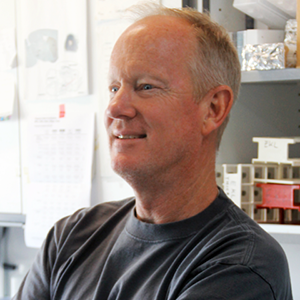Antipathogen immune responses create a balance between immunity, tolerance, and immune evasion. However, during gene therapy most viral vectors are delivered in substantial doses and are incapable of expressing gene products that reduce the host’s ability to detect transduced cells. Gene transfer efficacy is also modified by the in vivo transduction of dendritic cells (DC), which notably increases the immunogenicity of virions and vector-encoded genes. In this study, we evaluated parameters that are relevant to the use of canine adenovirus serotype 2 (CAV-2) vectors in the clinical setting by assaying their effect on human monocyte-derived DC (hMoDC). We compared CAV-2 to human adenovirus (HAd) vectors containing the wild-type virion, functional deletions in the penton base RGD motif, and the CAV-2 fiber knob. In contrast to the HAd type 5 (HAd5)-based vectors, CAV-2 poorly transduced hMoDC, provoked minimal upregulation of major histocompatibility complex class I/II and costimulatory molecules (CD40, CD80, and CD86), and induced negligible morphological changes indicative of DC maturation. Functional maturation assay results (e.g., reduced antigen uptake; tumor necrosis factor alpha, interleukin-1beta [IL-1beta], gamma interferon [IFN-gamma], IL-10, IL-12, and IFN-alpha/beta secretion; and stimulation of heterologous T-cell proliferation) were also significantly lower for CAV-2. Our data suggested that this was due, in part, to the use of an alternative receptor and a block in vesicular escape. Additionally, HAd5 vector-induced hMoDC maturation was independent of the aforementioned cytokines. Paradoxically, an HAd5/CAV-2 hybrid vector induced the greatest phenotypical and functional maturation of hMoDC. Our data suggest that CAV-2 and the HAd5/CAV-2 vector may be the antithesis of Adenoviridae immunogenicity and that each may have specific clinical advantages.
Contrasting effects of human, canine, and hybrid adenovirus vectors on the phenotypical and functional maturation of human dendritic cells: implications for clinical efficacy
Perreau, M.; Mennechet, F.; Serratrice, N.; Glasgow, J. N.; Curiel, D. T.; Wodrich, H.; Kremer, E. J.
2007
J Virol
2007-04 / vol 81 / pages 3272-84
Abstract
JVI.01530-06 [pii] 10.1128/JVI.01530-06
0022-538X (Print) 0022-538X (Linking)
IGMM team(s) involved in this publication

Eric J Kremer
Adénovirus : Récepteurs, Trafic Intracellulaire et Vectorologie
Étiquettes
Humans; Animals; Cell Proliferation; Cells, Cultured; Microscopy, Electron, Scanning; Dogs; Recombination, Genetic/*genetics; Cell Adhesion; T-Lymphocytes/cytology; Hydrogen-Ion Concentration; *Cell Differentiation; *Phenotype; Adenoviridae/classification/*genetics; Alkalies; Cytokines/secretion; Dendritic Cells/*cytology/*metabolism/secretion; Endosomes/metabolism; Genetic Vectors/classification/*genetics; Histocompatibility Antigens Class I/metabolism; Histocompatibility Antigens Class II/metabolism; Lymphocyte Culture Test, Mixed
